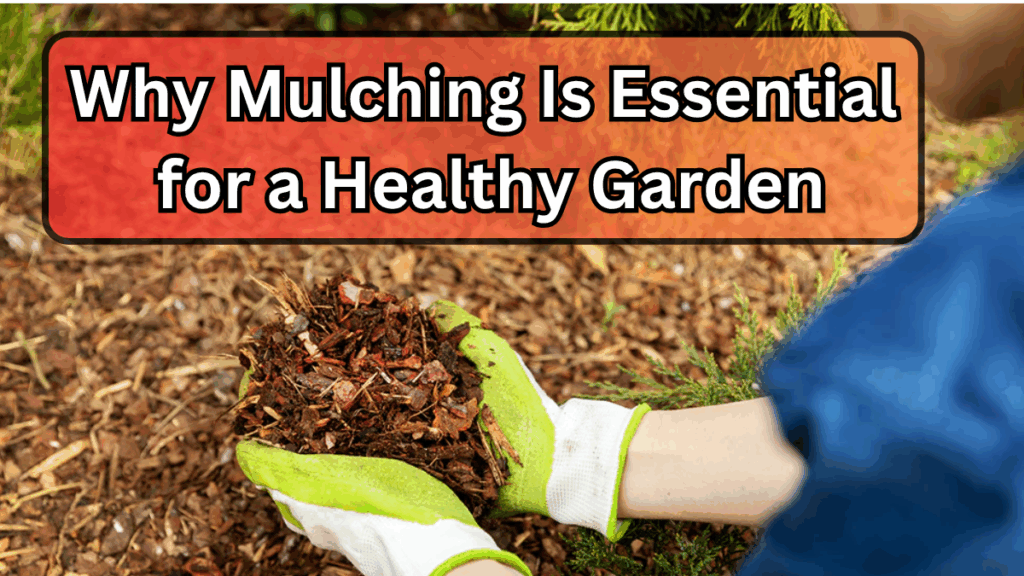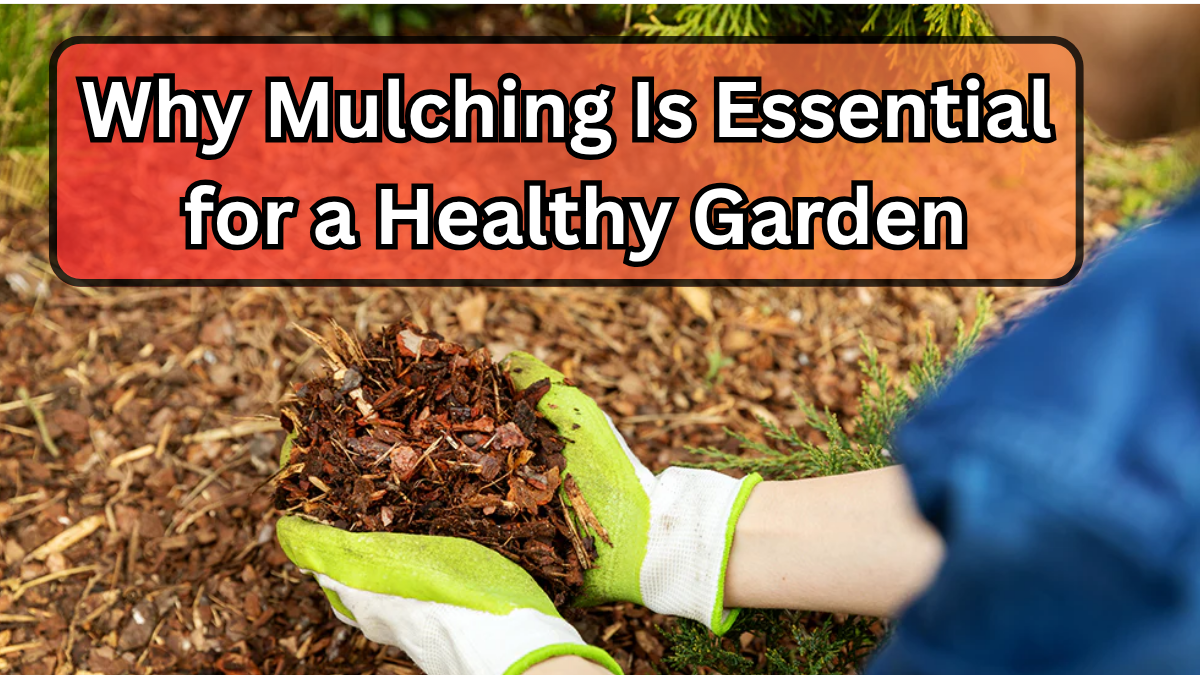Mulching is more than just a decorative layer in your garden—it’s a vital practice that protects your soil, promotes plant health, and reduces maintenance. Whether you’re a seasoned gardener or just starting, understanding the benefits of mulching can transform your garden into a thriving, vibrant space.

What Is Mulching?
Mulching is the process of covering your garden soil with organic or inorganic materials. This layer, often referred to as garden mulch, helps regulate soil temperature, retain moisture, and suppress weeds.
Common types of mulch include:
-
Organic mulches: wood chips, straw, compost, leaves
-
Inorganic mulches: gravel, stones, landscape fabric
Key Benefits of Mulching
Using garden mulch in your garden offers several benefits:
Soil Protection
Mulch acts as a protective barrier for your soil:
| Benefit | How It Helps |
|---|---|
| Erosion control | Prevents soil from washing away during heavy rain |
| Moisture retention | Reduces evaporation and keeps soil consistently moist |
| Temperature regulation | Keeps soil cooler in summer and warmer in winter |
Weed Suppression
A thick layer of mulch prevents sunlight from reaching weed seeds, reducing the need for constant weeding.
Enhanced Soil Fertility
Organic mulches like compost and leaves gradually decompose, adding essential nutrients back into the soil.
Improved Garden Aesthetics
Mulching gives a neat, finished look to your garden beds, creating visual harmony and enhancing curb appeal.
Healthier Plants
By retaining soil moisture and regulating temperature, mulch promotes strong root growth and healthier plants.
How to Apply Mulch Correctly
To make the most of mulching, follow these steps:
-
Clear the area – Remove weeds and debris from your garden bed.
-
Layer evenly – Apply 2–4 inches of mulch around your plants.
-
Avoid piling mulch – Keep mulch a few inches away from plant stems to prevent rot.
-
Replenish regularly – Organic mulch decomposes over time, so refresh it annually.
Best Practices for Garden Mulch
| Mulch Type | Ideal Use | Notes |
|---|---|---|
| Straw | Vegetable gardens | Light and easy to spread |
| Wood chips | Flower beds and shrubs | Long-lasting, slows decomposition |
| Compost | Any garden bed | Adds nutrients while retaining moisture |
| Gravel | Paths and borders | Inorganic, requires little maintenance |
FAQs About Mulching
How often should I mulch my garden?
Typically, organic mulch should be replenished once a year, while inorganic mulch may last several years.
Can I use mulch around all types of plants?
Yes, but avoid piling mulch directly against the base of woody plants or stems to prevent rot and pests.
Does mulch help with water conservation?
Absolutely. Mulching reduces evaporation, meaning your garden needs less frequent watering.
Is colored mulch safe for vegetables?
Yes, but choose natural or non-toxic dyed mulch to ensure no chemicals leach into edible plants.
Conclusion
Mulching is a simple yet powerful gardening technique that improves soil health, protects your plants, and enhances the beauty of your garden. By incorporating garden mulch into your routine, you’re not just covering soil—you’re creating a sustainable, thriving environment for your plants to flourish.
Click here to learn more
